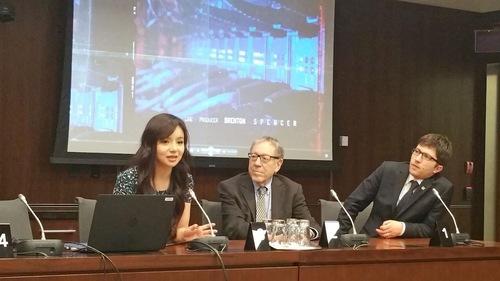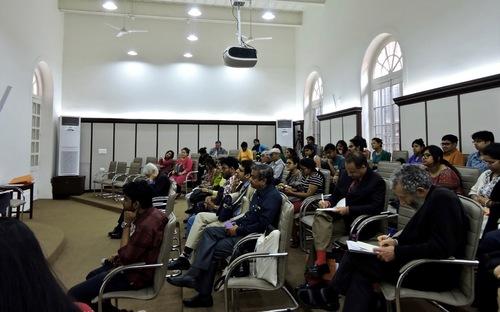The British government is expected to collaborate with NASA to build an air traffic control system that can guide, track, and trace drones, the growing popularity of which is starting to demand a more disciplined regulation of existing airspace.
“The Government are in early discussions with NASA about the drone traffic management system, and it is hoped that those discussions will lead to a U.K. involvement in the development of that system and the participation of U.K. industry in future trials to test the robustness of the technology,” Under Secretary of the State of Transport Ahmad Tariq, told the House of Lords earlier this month.
Britain already has an extensive set of regulations that require drones to stay at a certain distance from people, crowds, and buildings in public places, but the rules have been difficult to enforce. An air traffic system recommended by one parliamentarian would track all drones that fly under 500 feet, making it easier for law enforcement to nab reckless drone pilots.
“There will have to be some way in which to identify a drone’s owner or a responsible person. We recommend a European register,” suggested Lord Nat Wei in the same session on the civilian use of drones.
A mature drone traffic management system would offer similar features as existing air traffic control, helping drones reroute their itinerary to avoid congestion or extreme weather conditions. The relative ease with which drones can be controlled remotely means that cordoning off where they can’t fly according to the circumstances, known as dynamic geo-fencing, could be applied on a more universal scale than airplanes.





